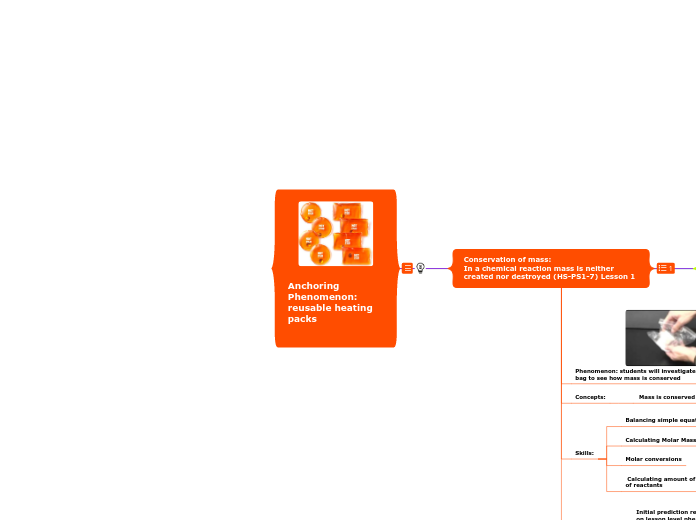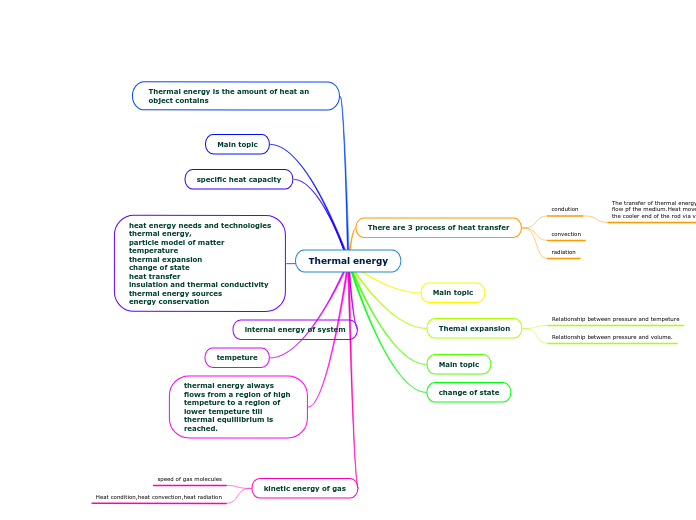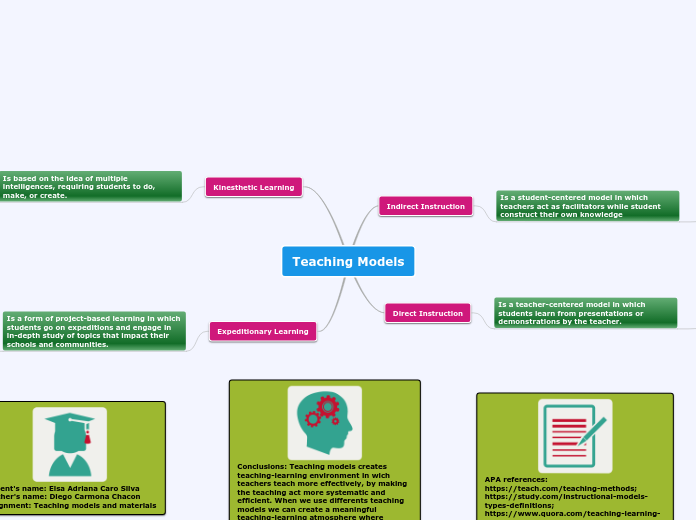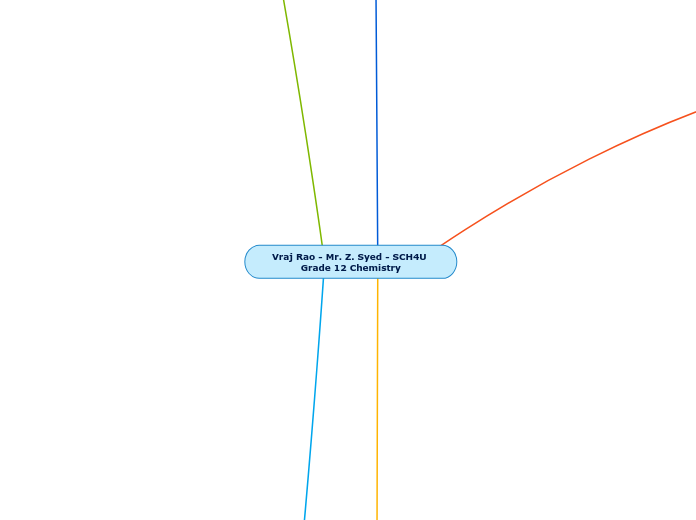Anchoring Phenomenon: reusable heating packs
- Day 1-
- Give each group 2 packs. Have them label 1 A and 1 B with a sharpie
- Tell them to observe and record all observations you want about it. (Encourage measuring, massing, any other lab based evidence they can collect.
- Tell them to click A and record all observations about what happens
- Have a large beaker of boiling water and have them reset pack A
- Day 2
- Observe A and B. Take any measurements you want again.
- Any changes? Any difference between 2?
- Click again.
- Create model for what they think is happening on the molecular level to explain during the heat release step and the reset step.
- Day 3
- Share models with class in gallery walk
- Discuss, refine if desired
- Create class list of questions that remain
- Notes
- In previous Heat unit students learned
- What heat release and absorption is
- How to calculate q with s = M C delta T
- System vs surroundings
- Did not learn
- Terms endo and exothermic
Final Model of the Anchoring Phenomenon
Model should correctly identify the system and surroundings
Equilibrium and effect of temperature (why does boiling
water reset the reaction?)
Reaction model indicating exo/endothermic
Identify Reaction type
Fully articulated reaction equation
Apply scientific principles and evidence to provide an explanation about the effects of changing the temperature or concentration of the reacting particles on the rate at which a reaction occurs. HS-PS1-5
Lesson 5
CER: students write a CER explaining why each of the conditions that they changed in their reaction had the effect that they observed
Students design lab to investigate the effect of changing temperature/concentration/other factors on reaction rate
Students can predict if a reaction will occur based off of the kinetic energy of molecules and the bond energies
Students can identify how changing different conditions changes the rate of a reaction
When molecules collide bonds break and atoms rearrange
Changing factors such as temperature or concentration changes the rate at which a reaction occurs
Phenomenon: glow sticks in water
Reactions produce a specific
amount of heat based on the
energy state of the reactants and
products and the quantity that
undergoes reaction. HS-PS1-4
Lesson 4
Phenomenon: Hindenburg Disaster
Energy is transferred between system and surrounds
The change in bond energies in a chemical reaction is equal but opposite to the change in kinetic energy
Energy must be put into a molecule to break its bonds
A stable molecule has less energy than the same set of atoms separately
Identification of system and surroundings
Calculation of bond energies in a molecule and the change of bond energies in products and reactants
Identification of bonds broken and bonds formed
Ability to identify the system and surrounding
Students update model to show how the heat is formed from the changing bond energies and the movement of energy between system and surroundings
Students update model to include the bonds that are breaking and forming and the change of potential energy to kinetic energy/heat
Students design an investigation to measure
heat produced or absorbed by a
reaction
Students prepare a Lab Report with CER regarding
relative heats of reactions
Lesson 3 - Forces between particles and bulk level properties of matter
HS-PS1-3. Plan and conduct an investigation to gather evidence to compare the structure of
substances at the bulk scale to infer the strength of electrical forces between
particles
Product: Investigate the evaporation rate of several substances and use the results to infer relative intermolecular forces in those substances.
Skill: identifying areas and boundaries on phase diagram, explaining higher and lower boiling points
Product: Produce phase diagram of a
mystery substance given certain information
Concept: Phase diagrams, polar/non-polar liquids and intermolecular forces
Lesson Level Phenomenon: evaporation rate of acetone vs water
Product: initial explanation of why they differ
Stoichiometry- HS PS1-7 Lesson 2
1) LLP- One time heat packs
Product: Students create an explanation for the results, see notes.
- Day 1- Give each group 2 packs,
- Students make the same sorts of observations they made about reusable heat pack
- Mass
- activate one pack
- feel, make observations
- read label (no reset, one time)
- Set aside, work on PHET balancing practice
- Day 2-
- mass again, notice anything?
- A should have gained mass
- B (not activated) should not
- Tell students they can now destroy A and B as part of their investigation
- Discuss what happened
- Now give them the fact that the packs were air tight and contained powdered iron if they didn't know
- discuss common things that happen to iron when exposed to air
- Give formula for rust
- Have groups draw a model for what happened
- must include
- balanced chemical equation/molecular picture of what happened.
- mass of reactant
- mass of product
- where additional mass came from
2) Skill: Chemical reaction balancing activity (PHET)
3) Stoichiometry lecture and additional practice
Product: Stoichometry POGIL
4) Students design an investigation that uses stoichiometry to determine the identity of an unknown (sodium carbonate or sodium bicarbonate)
Product: Students prepare a lab report with a CER on which substance they have and how they know
Conservation of mass:
In a chemical reaction mass is neither created nor destroyed (HS-PS1-7) Lesson 1
Products:
Final lab report of a reaction in a bag and claim that extends to all chemical reactions and general conservation of mass
Molar conversions of mass of reactants to mass of products and explanation of how these calculations show that mass is conserved within a reaction
Balanced equations
Initial prediction regarding conservation of mass based on lesson level phenomenon
Skills:
Calculating amount of product based off of the amount of reactants
Molar conversions
Calculating Molar Masses
Review- learned earlier in year in Structure and Properties of matter
Balancing simple equations
Concepts:
Mass is conserved in chemical reactions
Phenomenon: students will investigate a reaction in a bag to see how mass is conserved









